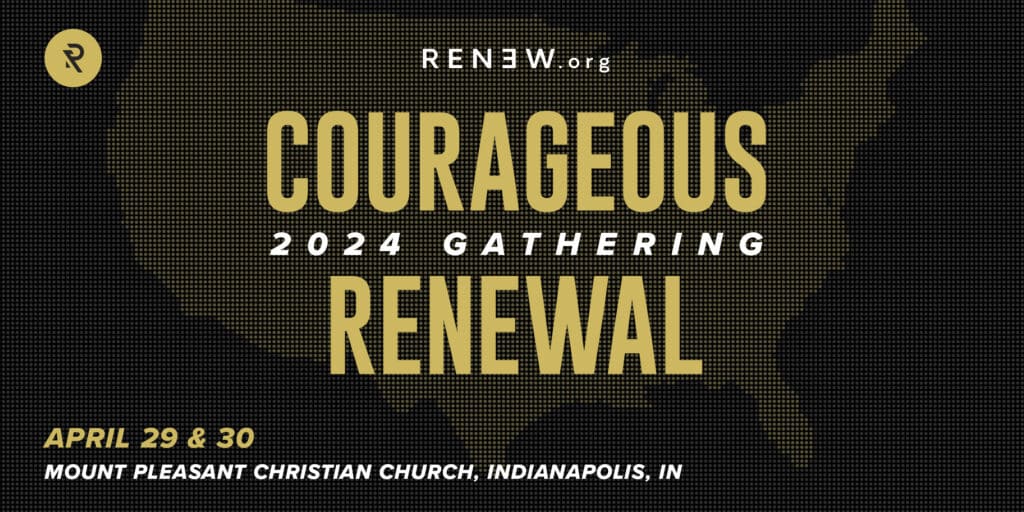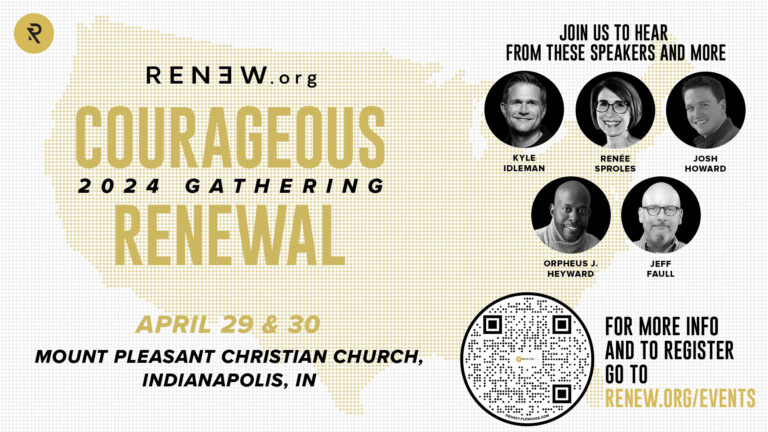*Editor’s Note: This is the second article in a 13-part series on the Beatitudes. Here’s the complete list of articles in the series:
- Who Does Jesus Think He Is?
- Crowds or Disciples?
- The Sermon’s Most Important Word
- The Pursuit of Happiness
- Poor in Spirit
- God’s Answer to the Problem of Evil
- Meekness
- Hunger and Thirst
- Mercy or the Mob
- Pure in Heart
- Peacemakers
- The Persecuted
- 7 Questions to Ask of Each Beatitude
The Sermon on the Mount is a very dangerous sermon.
Now, in focusing on the Sermon on the Mount, we’re not trying to promote some kind of “canon within the canon.” It’s not like the Sermon on the Mount is somehow “more inspired” than the rest of Scripture. However, Matthew did fully intend this sermon to be something special.
It fits in a larger chunk (chapters 5-9) that Matthew frames with identical words: “Jesus went through ______, teaching in their synagogues, proclaiming the good news of the kingdom, and healing every disease and sickness” (4:23/9:35). Want to know what kind of healings these were? Read chapters 8 and 9. Want to know what this teaching was? Read 5-7.
Matthew famously has five major speeches in various contexts addressing various issues. The purpose of this speech is to tell you what Jesus’ message was. That’s a big deal. Matthew underscores this with a phrase nearly every English translation leaves out. In 5:2, the Greek literally says, “And opening his mouth, he taught them, saying . . . ” As information, this is totally redundant. Of course he opened his mouth. That’s how you say things. The point is rhetorical. It’s a way of saying, “Slow down. Pay attention. What’s about to happen is important.”
To determine the importance of the sermon for you, look at the characters in the story.
Since we are about to read nothing other than Jesus talking for 3 chapters, it’s easy to forget that this speech happens in a narrative context. The characters in this story are: Jesus, the crowds, and the disciples. If you’re looking for whom to identify with, you’re not Jesus. As we discussed in a previous article, he’s unique. That leaves the crowds and the disciples.
The disciples are the ones who have accepted who Jesus is and signed on to follow him. The sermon is addressed directly to them. So, for instance, when Jesus says, “You are the light of the world” (5:14), the “you” applies pretty much the way we’ve always taken it–to those who follow Jesus. That can be us just as much as the folks who sat down on the hill in front of him. This is probably why the sermon has enjoyed such enduring appeal. It applies rather directly.
But Jesus is fully aware that the crowds are also listening. In 5:1, it almost looks like the presence of the crowds is what prompted the sermon in the first place. Yes, he’s teaching his disciples, but he wants the crowds to hear.
In the gospels, the crowds function as the fence-sitters. They aren’t opposed to Jesus. There are no enemies in this narrative. But they haven’t made the commitment to follow him, either. They are still feeling things out. We would probably call them “seekers.”
Surprisingly, this means that Jesus’ audience has almost the exact same makeup of any large church service today–a group of committed followers and a large number of people that haven’t committed, but are interested enough to hear more. Every church leader would do well to meditate on the way Jesus chooses to address this mixed audience.
As we said before, he chooses to address them with a sermon that is very dangerous to both segments of his audience. The disciples have heard Jesus’ claim of who he is, and they accepted it. This is dangerous because the commitment is not theoretical. They haven’t merely assented to a set of propositions. They haven’t merely signed their name on the roster of some club. The commitment to follow Jesus is a commitment to actual changes in behavior. As James (whose letter echoes this sermon a great deal) says,
“Faith by itself, if it is not accompanied by action, is dead” (James 2:17).
Simply look at the number of imperatives in this sermon, and there’s no getting around the fact that Jesus is telling us to do things.
And the things he’s asking us to do are radical.
This sermon will challenge you in every way you don’t want to be challenged. It will shine light on every area of your life that needs to be surrendered to him. The only way to respond to this sermon as a true follower of Christ is to begin the process of turning everything over to him. Everything. That’s going to take effort.
The process will be difficult, sometimes painful, and it will last the rest of your life. But there is no partial buy-in. It’s all or nothing. Accepting Christ means taking him as your Lord and Master. Is he really the example and guide for your life? Or are you just here for the show?
“Here for the show” describes the crowds–people who have explicitly not chosen to follow Jesus. Jesus is pushing them to something more. He extends comfort to them, but the comfort is in the context of an invitation. He shows them what the Kingdom of God is and he lets them know that the kingdom is for them. It’s up to them to step off the fence.
But that invitation comes with some serious warnings, as well. At some point, intentionally or not, you’ve chosen your path (7:13-14), you’ve built your house on something (7:24-27). Yes, there is a natural period of searching and learning before you make such a huge choice. But this is a half-way house. You can stay a while, but you can’t live here forever. The longer you put the choice off, the more disingenuous your indecision becomes. If you never commit, you’re not really seeking. You’re just playing games.
Accepting Christ means taking him as your Lord and Master. Is he really the example and guide for your life? Or are you just here for the show?
This sermon is dangerous because it shakes us awake. This world is broken, but we develop so many ways to go about life as usual that we lose sight of how broken all of this is (including us). Jesus’ Sermon on the Mount shatters all of that like glass. His stark portrait of the way things should be lays bare the bankruptcy of the way things are.
After reading this, the illusions are gone, and you know you can’t stay where you are.
You may be reluctant to go forward. It looks like it costs too much. But can you really go back? Can you live in the shadow lands, having seen them for what they really are? Every choice to go back on the fence is a decision to deliberately blind yourself. Next time, it will be harder to see. A choice to go back establishes a willingness to not respond to Jesus. It will be harder to respond next time.
And eventually, time is up. Follow this story all the way to the end, and the “crowds” are no longer fence-sitters. They are the ones calling for Jesus to be crucified (27:22-25). This sermon is dangerous because reading it has consequences. It will sift you. You must choose to respond or not, and the choice you make will echo into eternity.
To read this sermon is to be faced with the choice: crowds or disciples? Once you’ve heard the question, there’s no going back.











